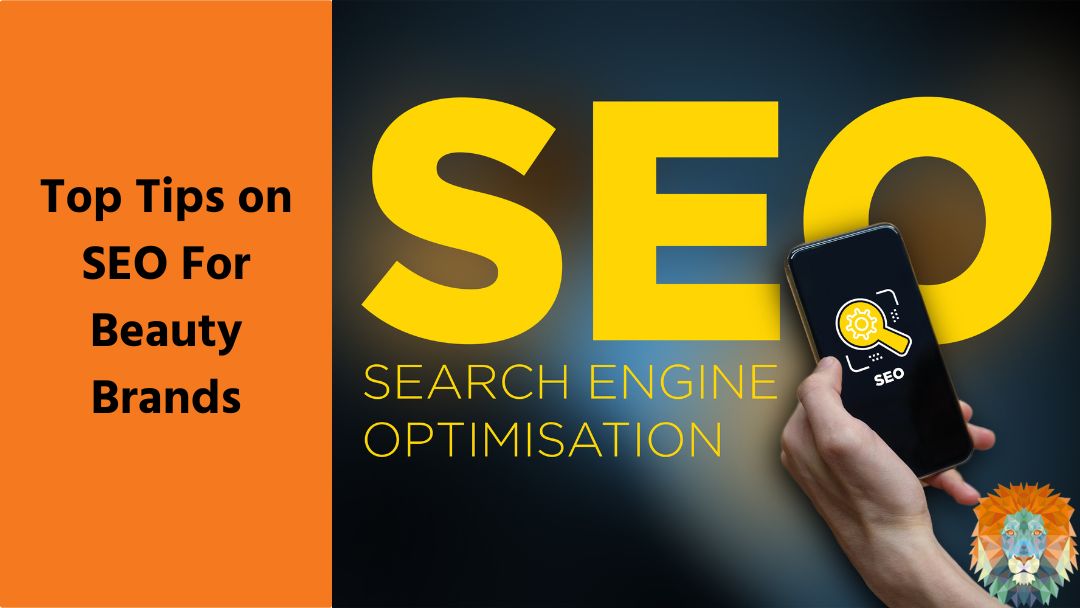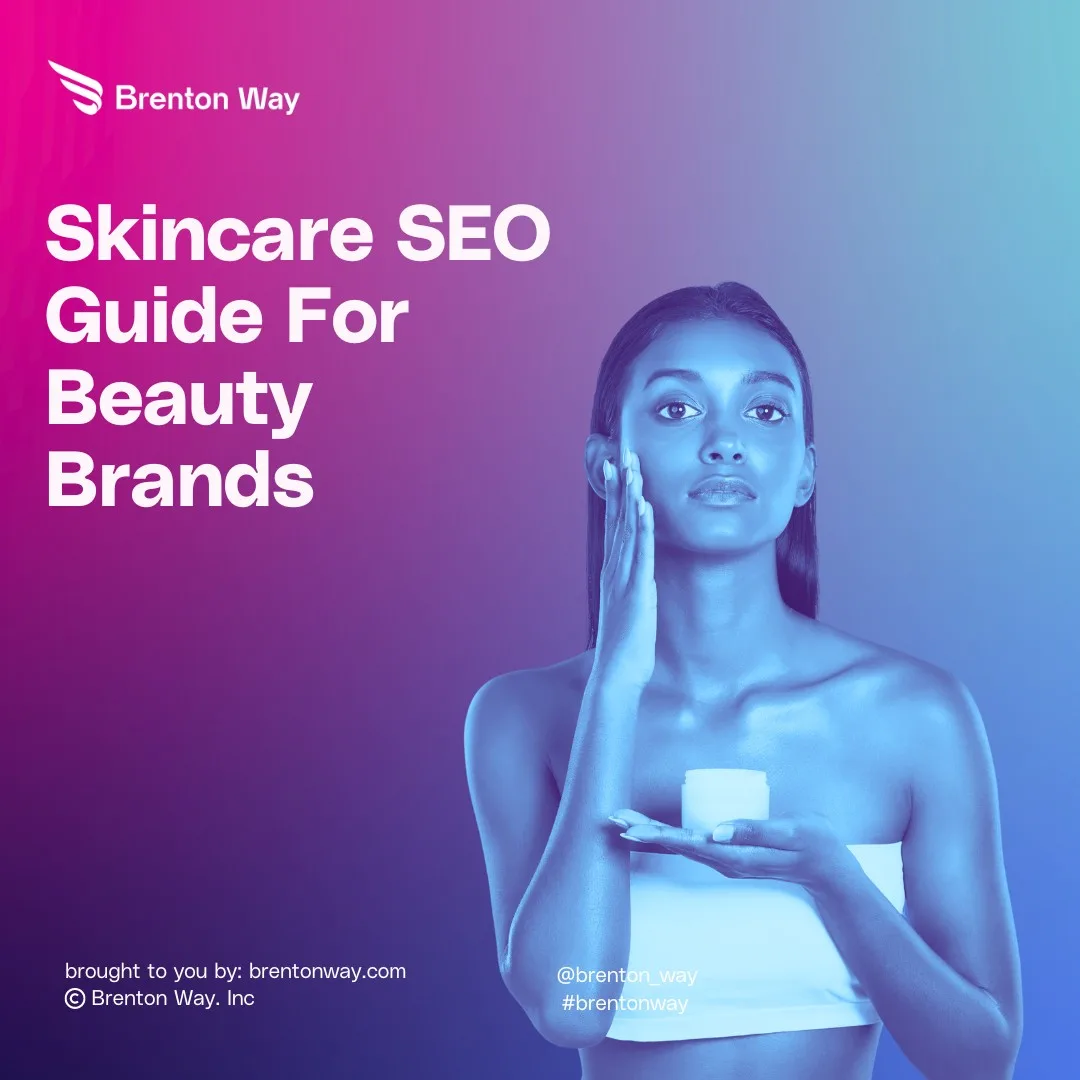On-page SEO best practices for beauty brands focus on optimizing product and category pages with targeted keywords, compelling meta tags, structured content, and user-friendly elements to improve search rankings and conversions.
Key practices include:
-
Title tags and meta descriptions: Incorporate primary, concern-based, or ingredient-led keywords naturally in title tags and meta descriptions that clearly communicate benefits and include a soft call to action (CTA). For example, “Hydrating Vitamin C Serum for Sensitive Skin”.
-
Unique, benefit-driven product descriptions: Avoid generic manufacturer text. Highlight product benefits, ingredients, usage instructions, and how the product solves specific beauty concerns (e.g., “Reduces inflammation without drying out sensitive skin”).
-
Header structure (H1, H2, H3): Use a single H1 with the core keyword and subheadings that reflect user intent, such as benefits, ingredients, or how to use the product. This helps search engines understand page hierarchy and improves readability.
-
Keyword strategy: Focus on long-tail, concern-based, and ingredient-led keywords that match how beauty customers search (e.g., “retinol night cream for oily skin,” “clean moisturizer with ceramides”). Use these keywords naturally in content, headers, alt text, and internal links.
-
Image optimization: Use descriptive alt text that conveys the product and context (e.g., “model applying red matte lipstick in shade Ruby Romance”) to improve accessibility and SEO.
-
Internal linking: Create logical pathways between related content, such as skincare guides linking to product pages, to enhance user experience and help search engines crawl your site.
-
Avoid duplicate content: Use canonical tags and ensure each product page has unique content, especially for similar products with variations like color or size.
-
Technical SEO considerations: Ensure fast page load speed, mobile-friendliness, secure HTTPS, and structured data markup (schema.org) for products, reviews, and FAQs to enable rich snippets and improve visibility.
-
Content diversity: Complement product pages with informative articles, tutorials, guides, and videos that address beauty trends and customer concerns to engage visitors and build authority.
These practices collectively help beauty brands attract the right audience, improve engagement, and increase conversions by aligning SEO with the specific language and needs of beauty consumers.





